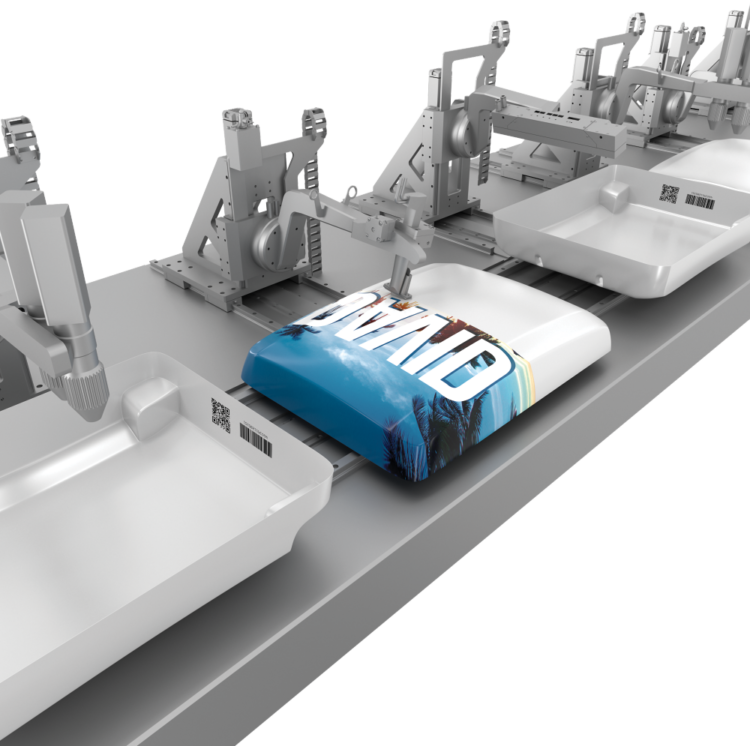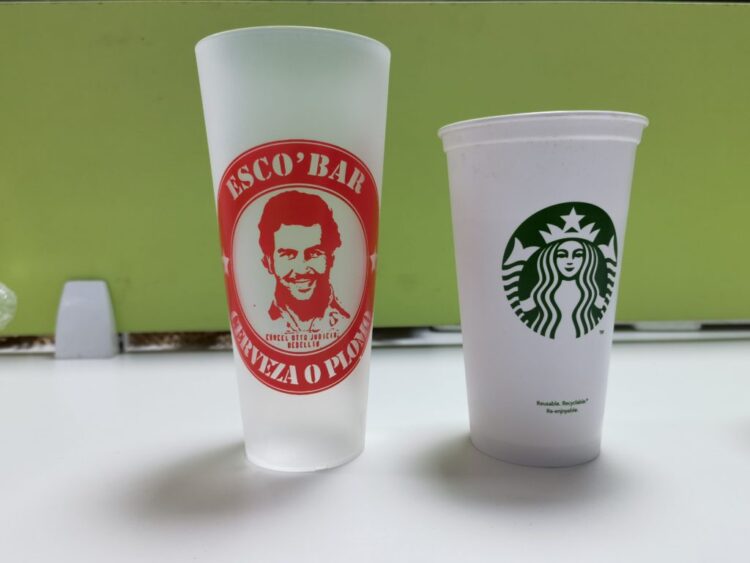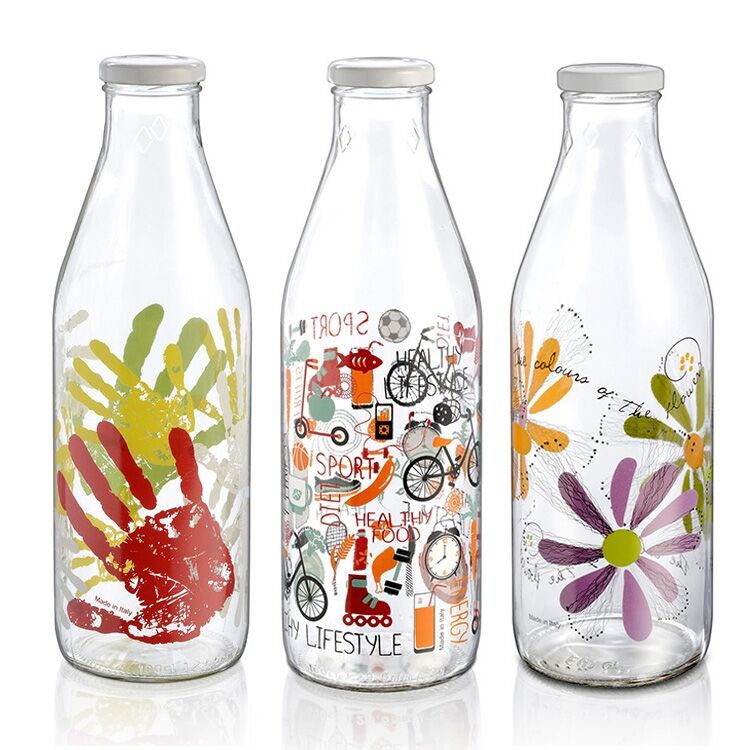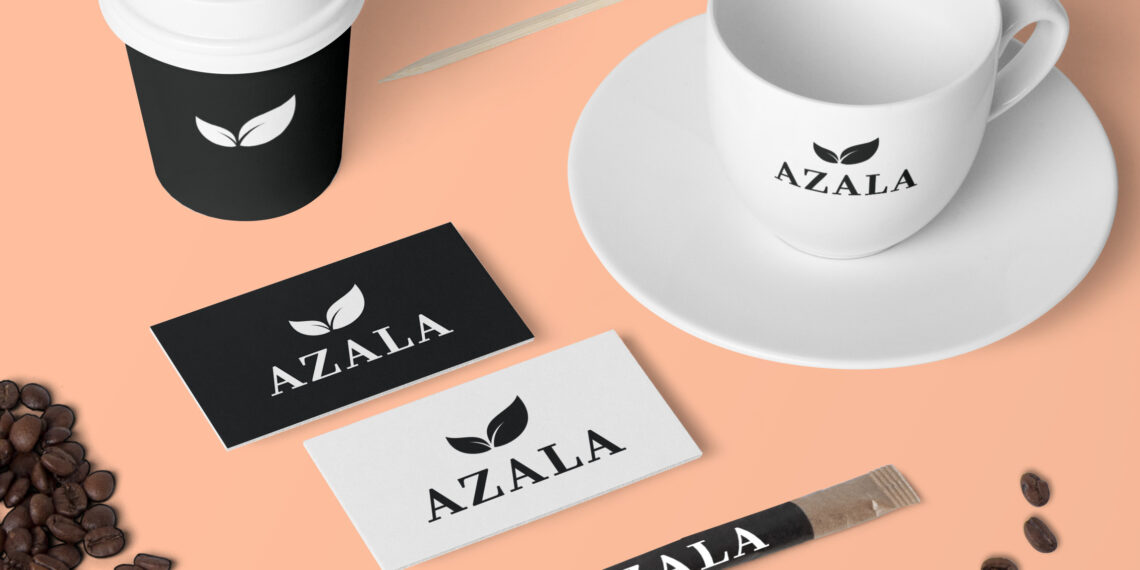Printing on a curved surface screen is very challenging compared to plain paper. From an industrial and commercial perspective, there are many challenges of an encounter that have to be overcome for proper printing. While using life screen printing, one will have to take care of all the factors that can impact the quality of the printed matter.
One also must understand how different printing methods will impact the finished product. Flat surfaces do not pose any problem because a printer is made for that naturally. But even the slightest of curves can create serious issues if the technology does not support a curved surface.
Printing exactly as the client has demanded and not making errors to be efficient is the primary concern of any printing company. One has to use multiple methods to arrive at one with which the final product can be made. The curved surface is challenging, but it has a lot to offer regarding usability and functionality.
For instance, one cannot expect a mug or a pen holder to be flat. The design will have to adjust to the curvature rather than round. In the article, we will talk about curved screen printing, and the challenges faced. The challenges will help us understand how to overcome them on a large scale for easy designs.
What are the Challenges Faced by the Companies on Circular Surfaces?

Let us begin at the very beginning of printers. They were invented to convey information on paper through a standardized and automated method. The idea was to print on paper and then circulate it as books, pamphlets, or brochures. However, human needs evolved and needed technology to catch up.
The printhead needs to be closed to the surface, which is easy on a flat surface because everything is evenly spread. This is an obvious challenge for curved surfaces because printheads cannot be closed to all surfaces. This creates a challenge with clear imaging and designing.
If the printhead is too far away, the quality and clarity can be severely affected. The graphic image will have to be imprinted close by for the best results. This is why curves have a film covering them most of the time. This film is flat and easily delivers the message by deducting all the problems faced during printing.
Another significant challenge is to row with the advent of discontinuous patterns. We include circles, spheres, and cylindrical or conical tubes when we talk of continuous shapes. These shapes are inherently symmetrical and will have a consistent curvature that a machine can adapt to.
They will still pose a challenge, but the symmetry makes things easier for an automated system. Some shapes are specifically made to be discontinuous. Visit here to look for better printing alternatives on different surfaces. They do not have a set curvature and are usually customized.
Printing on them becomes somewhat difficult, especially since the services go from flat to curved and flat again. There is only a limited extent to which technology can help in such a case. Understanding the current limitations will help in knowing the extent of applications.
How Do You Print On A Curved Screen?

Printing on a curved screen applies to car science’s latest balance and other products with continuous shapes. When it comes to living, screen printing is related to taking the screen layout and putting it as it is on the curved surface; photosensitive dry repair is the first step which allows for proper sizing of the text for better legibility.
A wood or aluminum screen is used as a skeleton with adhesive tape, which will act as printing material. The live screen version will be attached to the substrate surface during the actual process. The scraper with ink will have to be taken and put on the plate for a uniform design spread.
If the area to print is too large, turns can be taken for different parts while maintaining uniformity. However, the ink remains within the substrate so that the deployment is not affected in every case. The ink should be moderate without being too thin or too thick. It is best to also look at the area’s humidity during the imprinting process. It should only be moderate and not extreme.
When it comes to a curved surface essential for a small area, it is a one-person job. The screen printing method uses the back of a packaging which is then placed at a specific position on the surface of the substrate.
One then requires force to press the plate close to the substrate surface. After applying pressure, one can go forward with imprinting. The force applied will impact whether the print is light or dark.
What Are The Alternatives For Curved Printing?

Flatbed inkjet printing is used for curved surfaces but is limited in its applications. Pad printing and screen printing are the next best options. For graphic designs and labels on a roll, decals can be used. Small areas are usually done by hand, and all the increases caused are more effective with accuracy.
- If one wants to go with quality, imprinting decals are not preferable because the sticking of the material is not very durable. Opting for pad printing means using a flexible silicone pad made for curved surfaces specifically. One can even use multiple colors in the design with different graphics.
The Takeaway
Curved surfaces pose a big challenge for any business which aims to customize prints based on client specifications. As one would expect with flat surfaces, Sticking with accuracy without compromising quality is important. Different alternatives can be chosen based on the final applications.








